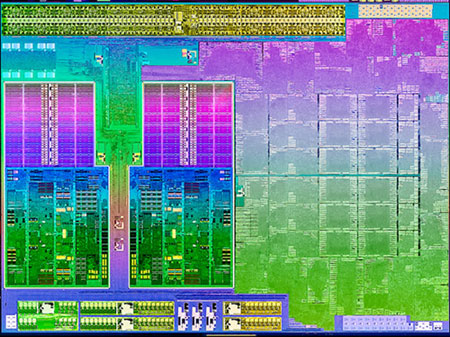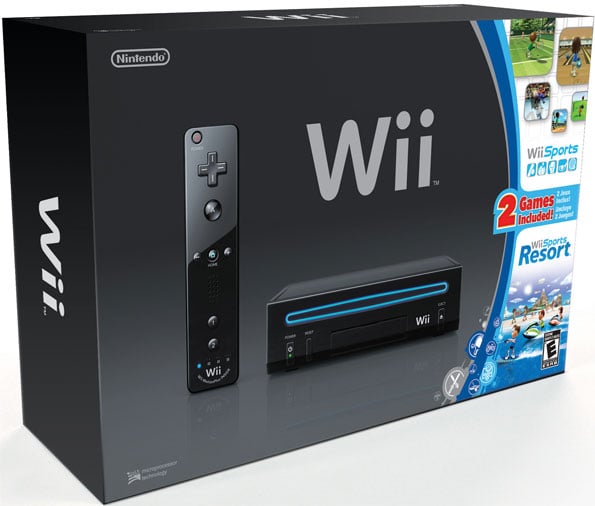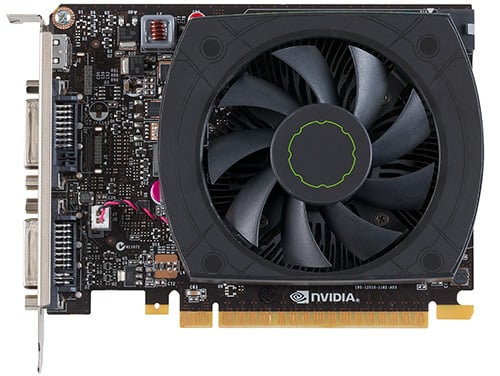The latest news on the growing Apple/Samsung split confirms that the two
companies are pulling away from each other. Reports now indicate that
the A6, Apple's first custom CPU design, was built entirely without
input from Samsung. Up to this point, the two manufacturers have been
vital partners, even as they attacked each other in courtrooms
worldwide.
The Korean Times reports that the relationship between the two has become one-dimensional, with Samsung relegated strictly to manufacturing the A6. That might seem a small difference, but it's a portent of major changes to come. Typically, a foundry like TSMC or GlobalFoundries employs its own engineering teams that will work directly with a customer to implement a processor design. This theoretically provides some of the same benefits an IDM (Integrated Device Manufacturer) would enjoy; the engineering teams are foundry employees, but they have a vested interest in working with particular customers rather than securing business for the foundry as a whole.
Cutting Samsung's experts out of the design process may have made Apple's job a bit harder, but it limits the amount of information Samsung has on exactly how the chip was designed and what the process looked like. That particularly matters given that portions of the A6 were hand-optimized rather than being built on standard logic blocks. It's a sign of how little Apple trusts its biggest manufacturing partner and still more evidence that the two companies are going to break their business arrangement.

The Apple A6 core. The silver areas are hand-tuned for maximum performance.
An unnamed Samsung official has confirmed to The Korean Times that "Samsung’s agreement with Apple is limited to manufacturing the A6 processors. Apple did all the design and we are just producing the chips on a foundry basis... There are three kinds of chip clients. Some want us to handle everything from chip design, architecture and manufacturing. Some want us to just design and manufacture. Some want us to just make the chips. Apple is now the third type."
Changes like this have been forecast for some time, and as we've previously discussed, could highlight some major shakeups in the foundry business. Samsung is now openly manufacturing for other companies, including Nvidia, that've previously been exclusive TSMC customers. With Apple now sourcing its quad-core chips from the Taiwanese manufacturer, Samsung has to find other customers if it wants to continue as a player in the foundry space. Up until now, Samsung has used a wide variety of hardware in its mobile phones, but with Texas Instruments planning to exit the mobile business and its own fab space at risk of running dry, we may see the company put more effort into developing its own Exynos-brand devices.
The Korean Times reports that the relationship between the two has become one-dimensional, with Samsung relegated strictly to manufacturing the A6. That might seem a small difference, but it's a portent of major changes to come. Typically, a foundry like TSMC or GlobalFoundries employs its own engineering teams that will work directly with a customer to implement a processor design. This theoretically provides some of the same benefits an IDM (Integrated Device Manufacturer) would enjoy; the engineering teams are foundry employees, but they have a vested interest in working with particular customers rather than securing business for the foundry as a whole.
Cutting Samsung's experts out of the design process may have made Apple's job a bit harder, but it limits the amount of information Samsung has on exactly how the chip was designed and what the process looked like. That particularly matters given that portions of the A6 were hand-optimized rather than being built on standard logic blocks. It's a sign of how little Apple trusts its biggest manufacturing partner and still more evidence that the two companies are going to break their business arrangement.

The Apple A6 core. The silver areas are hand-tuned for maximum performance.
An unnamed Samsung official has confirmed to The Korean Times that "Samsung’s agreement with Apple is limited to manufacturing the A6 processors. Apple did all the design and we are just producing the chips on a foundry basis... There are three kinds of chip clients. Some want us to handle everything from chip design, architecture and manufacturing. Some want us to just design and manufacture. Some want us to just make the chips. Apple is now the third type."
Changes like this have been forecast for some time, and as we've previously discussed, could highlight some major shakeups in the foundry business. Samsung is now openly manufacturing for other companies, including Nvidia, that've previously been exclusive TSMC customers. With Apple now sourcing its quad-core chips from the Taiwanese manufacturer, Samsung has to find other customers if it wants to continue as a player in the foundry space. Up until now, Samsung has used a wide variety of hardware in its mobile phones, but with Texas Instruments planning to exit the mobile business and its own fab space at risk of running dry, we may see the company put more effort into developing its own Exynos-brand devices.



























